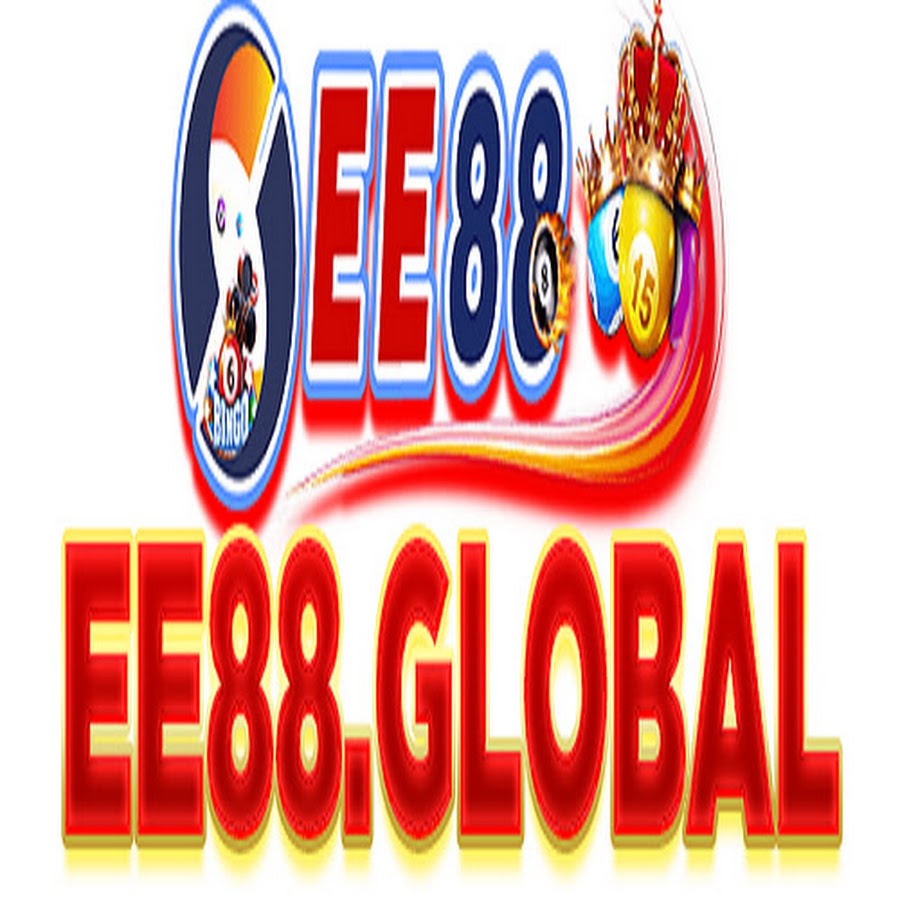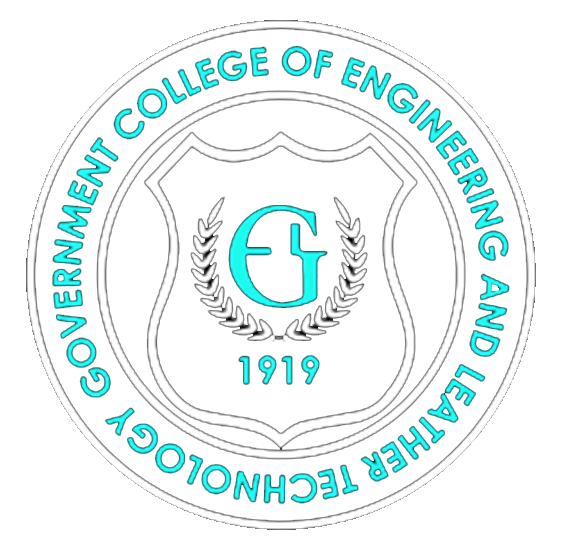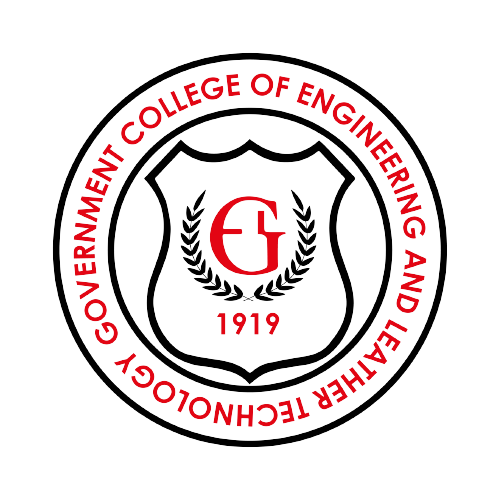As the business landscape becomes increasingly complex and regulated, compliance has become a top priority for companies across industries. To ensure ethical practices, businesses must adhere to a web of laws, regulations, and industry standards that are constantly evolving. Failure to comply can result in hefty fines, reputational damage, and even legal action. In this environment, it is crucial for organizations to stay ahead of the curve and leverage technology to support their compliance efforts.
At EE88, we have recognized the importance of harnessing technology to enhance our compliance practices. By utilizing digital tools, we have been able to streamline processes, automate compliance tasks, and promote a culture of ethical behavior throughout our organization. In this blog post, we will explore how we have leveraged technology to revolutionize compliance at EE88, and how other companies can do the same.
Streamlining Processes: How Technology Enhances Ethical Practices at EE88
The traditional approach to compliance involves manual processes, extensive paperwork, and a reliance on human interpretation. This not only makes compliance time-consuming and labor-intensive but also increases the risk of errors and inconsistencies. However, with the advent of digital tools, these outdated methods are being replaced with automated and streamlined processes, resulting in enhanced compliance practices.
At EE88, we have implemented various digital solutions to streamline our compliance processes. One of the key tools we use is a compliance management software that allows us to track and monitor compliance activities in real-time. This not only eliminates the need for manual record-keeping but also enables us to identify and address any issues promptly.
Another example of streamlining processes through technology is the use of electronic signatures. Gone are the days of printing out documents, signing them, and then scanning them back into the system. With the use of e-signatures, we have significantly reduced the time and effort required for document management, while also improving accuracy and reducing the risk of fraudulent signatures.

Improving Efficiency with Task Automation
In addition to streamlining processes, technology has also allowed us to automate various compliance tasks. This not only saves time and resources but also reduces the potential for human error. For instance, we have automated our compliance training program using an e-learning platform. This allows employees to complete their training at their convenience, and the system automatically tracks and records their progress.
Moreover, we have also implemented automated compliance checks in our systems, which flag any potential violations or discrepancies. This helps us to identify and rectify issues in real-time, before they escalate into major compliance breaches. By automating these tasks, we have been able to free up valuable time and resources, allowing us to focus on more strategic initiatives.
Enhancing Collaboration with Digital Communication Tools
Effective communication is crucial for successful compliance management. However, when there are multiple departments involved, it can be difficult to ensure that everyone is on the same page. This is where digital communication tools come in. At EE88, we use a collaboration platform that allows us to communicate and share information in real-time, regardless of location or time zone.
This has enabled us to improve collaboration between different departments, facilitating the exchange of important compliance-related information. It also allows us to track and monitor communication, ensuring that all relevant stakeholders are kept informed and up-to-date on compliance matters.
See more: ee88
Automated Compliance: Leveraging Digital Solutions for Efficient Operations at EE88
Compliance is a never-ending process, and the sheer volume of regulations and standards that organizations must adhere to can be overwhelming. However, with the help of digital solutions, businesses can automate many of these tasks and ensure efficient operations.
Using Predictive Analytics for Compliance Monitoring
One of the major challenges in compliance management is effectively monitoring and predicting potential risks. With traditional methods, this can be a daunting task, as it requires constant monitoring and analysis of data. However, with the use of predictive analytics, businesses can proactively identify and mitigate compliance risks.
At EE88, we have implemented a predictive analytics tool that is integrated with our compliance management software. This allows us to gather and analyze large amounts of data from various sources, such as financial records, employee data, and customer feedback. By identifying patterns and trends, we are able to assess potential risks and take appropriate action before they escalate.
Utilizing Big Data for Compliance Reporting
Another way in which technology has revolutionized compliance at EE88 is through the use of big data. With the help of advanced data analytics tools, we are able to collect, process, and analyze vast amounts of data from multiple sources. This not only helps us to identify any compliance issues but also provides valuable insights that can guide decision-making.
Moreover, the use of big data has enabled us to generate more accurate and comprehensive compliance reports. By automating the process of data collection and analysis, we are able to generate real-time reports that provide a holistic view of our compliance efforts. This not only saves time and effort but also ensures that all relevant information is included in the report.
Building a Culture of Compliance: Integrating Technology for Ethical Behavior at EE88
Compliance is not just about following rules and regulations; it is also about promoting a culture of ethical behavior within an organization. By integrating technology into their compliance practices, businesses can foster a culture of compliance and promote ethical behavior among their employees.
Implementing Training and Awareness Programs
One of the key ways in which technology has helped us to build a culture of compliance at EE88 is through training and awareness programs. As mentioned earlier, we use an e-learning platform for our compliance training, which allows us to reach all employees regardless of their location or schedule. This ensures that everyone receives the same training and is aware of their compliance obligations.
Moreover, we also use gamification techniques to make our training programs more engaging and interactive. This not only increases employee participation but also helps to reinforce key compliance messages and principles.
Utilizing Digital Reporting Systems
Another important aspect of building a culture of compliance is encouraging employees to report any potential violations or concerns. However, many employees may be hesitant to do so due to fear of retaliation or lack of confidentiality. By implementing digital reporting systems, businesses can ensure that employees are able to report any issues anonymously and without fear of repercussions.
At EE88, we have implemented an online reporting system that allows employees to submit reports directly to our compliance team. This not only ensures confidentiality but also makes it easier for employees to report any concerns with just a few clicks. This has helped us to foster a culture of transparency and accountability within our organization.
Data-Driven Insights: Utilizing Technology for Enhanced Compliance Monitoring at EE88
Compliance monitoring is a crucial aspect of compliance management, as it allows businesses to track and evaluate their performance in meeting regulatory requirements. With the help of technology, companies can gain valuable insights into their compliance efforts, enabling them to make data-driven decisions and improve their overall compliance posture.

Implementing Real-Time Monitoring Tools
Real-time monitoring is essential for effective compliance management, as it allows businesses to identify any issues promptly and take corrective action before they escalate. At EE88, we use real-time monitoring tools that are integrated with our compliance management software. This allows us to track and monitor our compliance activities in real-time, ensuring that we are always up-to-date and informed.
Moreover, these tools also provide us with alerts and notifications when certain thresholds are reached, allowing us to take immediate action. This has not only improved our ability to detect and address compliance issues but also saves time and resources by automating the monitoring process.
Conducting Compliance Audits Using Technology
Conducting internal audits is an integral part of compliance management, as it helps to identify any gaps or weaknesses in the organization’s compliance program. However, with traditional methods, audits can be time-consuming and resource-intensive. By using technology, businesses can streamline the audit process and gain valuable insights into their compliance efforts.
At EE88, we use an audit management software that allows us to plan, execute, and track all aspects of our internal audits. This not only saves us time and effort but also ensures consistency and accuracy in our audit processes. Moreover, by using data analytics tools, we can analyze the results of our audits and identify trends and patterns, helping us to continuously improve our compliance practices.
Empowering Employees: Technology as a Tool for Ethical Decision-Making at EE88
Employees are on the front lines when it comes to compliance, and their actions have a significant impact on the overall compliance posture of an organization. By empowering employees with the right tools and resources, businesses can promote ethical decision-making and foster a culture of compliance.
Providing Access to Information and Resources
One way in which technology has empowered employees at EE88 is by providing them with access to information and resources related to compliance. Our collaboration platform serves as a central repository for all compliance-related documents, reports, and training materials. This allows employees to easily access the information they need to make informed decisions and stay up-to-date on compliance matters.
Moreover, by utilizing technology, we have been able to provide employees with interactive resources such as compliance quizzes and games. This not only makes learning more engaging but also helps to reinforce key compliance principles and promotes a better understanding of complex regulations.
Encouraging Ethical Behavior Through Digital Tools
In addition to providing employees with access to information and resources, technology can also be used to encourage ethical behavior among employees. For instance, we have implemented a code of conduct app that allows employees to access our company’s code of conduct on their mobile devices. This not only makes our code of conduct more accessible but also allows employees to report any potential violations directly through the app.
Moreover, we have also implemented a tool that enables employees to anonymously report any concerns or issues related to compliance. This helps to create an environment where employees feel comfortable speaking up and raises awareness about ethical behavior within our organization.
Optimizing Risk Management: Using Technology to Identify and Mitigate Compliance Risks at EE88
In today’s fast-paced business environment, risks are constantly evolving, and businesses must be prepared to adapt quickly. Compliance risks are no exception and can have severe consequences if not identified and mitigated in a timely manner. By harnessing technology, companies can stay ahead of the curve and effectively manage compliance risks.
Utilizing Data Analytics for Risk Assessment
One of the key ways in which technology has helped us optimize risk management at EE88 is through data analytics. By analyzing large amounts of data from various sources, we are able to identify patterns and trends that indicate potential risks. This not only helps us to prioritize our risk assessment efforts but also provides valuable insights into potential areas of non-compliance.
Moreover, by using predictive analytics, we are able to proactively identify and mitigate compliance risks before they escalate. This has helped us to stay ahead of potential issues and maintain our compliance posture.
Implementing Risk Management Software
Another way in which technology has enhanced our risk management efforts is through the use of risk management software. These tools allow us to identify, assess, and track risks across our organization, providing us with a comprehensive view of our risk landscape. By automating these processes, we are able to save time and resources while also improving the accuracy and consistency of our risk management practices.
Moreover, by utilizing real-time monitoring and alerting features, we are able to respond quickly to any potential risks that may arise. This has enabled us to mitigate risks in a timely manner and maintain our compliance obligations.
Ensuring Transparency: Enabling Open and Accessible Compliance Information at EE88
Transparency is crucial for building trust with stakeholders, especially when it comes to compliance. By leveraging technology, businesses can ensure that compliance information is open and accessible, promoting transparency and accountability.

Using Digital Platforms for Reporting and Disclosures
One of the key ways in which technology has helped us improve transparency at EE88 is through digital reporting and disclosures. Traditionally, companies would have to compile large amounts of data and information manually, making it a time-consuming and error-prone process. However, with the use of technology, businesses can automate these processes, resulting in more accurate and efficient reporting.
Moreover, by using digital platforms, companies can provide stakeholders with access to real-time compliance information, increasing transparency and facilitating better communication between all parties involved.
Taking Advantage of Blockchain Technology
Blockchain technology has been gaining traction in recent years, and its potential applications in compliance are vast. At EE88, we have started exploring the use of blockchain for compliance reporting and record-keeping. By utilizing blockchain, we can ensure that all information is secure, tamper-proof, and readily accessible to those who need it. This not only promotes transparency but also enables us to streamline our compliance processes.
The Future of Compliance: Harnessing Emerging Technologies to Support Ethical Practices at EE88
Technology is constantly evolving, and its impact on compliance management will only continue to grow. As new technologies emerge, businesses must stay informed and adapt their compliance practices accordingly. At EE88, we are committed to staying ahead of the curve and harnessing emerging technologies to support ethical practices and enhance compliance.
Utilizing Artificial Intelligence (AI) for Compliance Tasks
Artificial intelligence has already started to transform various industries, and compliance is no exception. AI-powered compliance tools can analyze vast amounts of data, identify patterns, and make informed predictions about potential non-compliance. By utilizing AI, businesses can automate compliance tasks, freeing up resources and allowing employees to focus on more strategic initiatives.
Moreover, AI can also assist with risk management by analyzing data and providing recommendations for mitigating potential risks. This has the potential to save companies time and resources while also improving the accuracy and effectiveness of risk management practices.
Implementing Virtual Reality (VR) for Compliance Training
Virtual reality technology has emerged as a powerful tool for enhancing training and learning experiences. In the context of compliance, VR can be used to simulate real-life scenarios and provide employees with a more immersive and engaging training experience. This not only makes learning more fun but also helps employees to better understand complex concepts and principles.
Additionally, VR can also be used for conducting virtual audits and inspections, reducing the need for physical visits and promoting social distancing in the workplace.
See more: ee88 tải app
Case Studies: Real-World Examples of Technology-Driven Compliance Success at EE88
To further illustrate the impact of technology on compliance at EE88, let’s look at two case studies where we have leveraged digital tools to enhance our compliance practices and achieve success.
Case Study 1: Streamlining Processes and Improving Efficiency
At EE88, we have implemented a compliance management software that integrates with our other systems, such as our document management system and training platform. This has allowed us to streamline our processes by eliminating manual record-keeping and automating compliance tasks, such as training and reporting. As a result, we have been able to save time and resources while also improving the accuracy and consistency of our compliance practices.
Moreover, by using real-time monitoring and automation features, we have been able to quickly identify and address potential compliance issues, reducing the risk of any major breaches.
Case Study 2: Creating a Culture of Compliance
One of our key goals at EE88 is to foster a culture of compliance where ethical behavior is ingrained in our organization’s DNA. To achieve this, we have implemented various digital tools, such as a code of conduct app and an anonymous reporting system. This has helped us to encourage employees to speak up about any potential violations and promote transparency and accountability within our organization.
Moreover, by using gamification techniques in our compliance training, we have been able to engage employees and reinforce key compliance principles. This has resulted in increased knowledge and awareness of compliance obligations among our employees.
Conclusion
In today’s fast-paced and complex business landscape, compliance is no longer just a matter of ticking boxes. Businesses must be proactive in their approach to compliance, constantly adapting to new regulations and industry standards. By harnessing technology, companies can enhance their compliance practices, streamline processes, and build a culture of ethical behavior within their organization.
At EE88, the use of digital tools has revolutionized our compliance efforts, resulting in improved efficiency, enhanced risk management, and increased transparency. As technology continues to evolve, we are committed to staying ahead of the curve and leveraging emerging technologies to support ethical practices and ensure compliance at all times.

